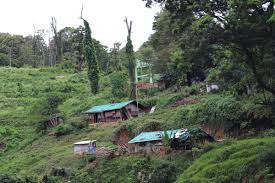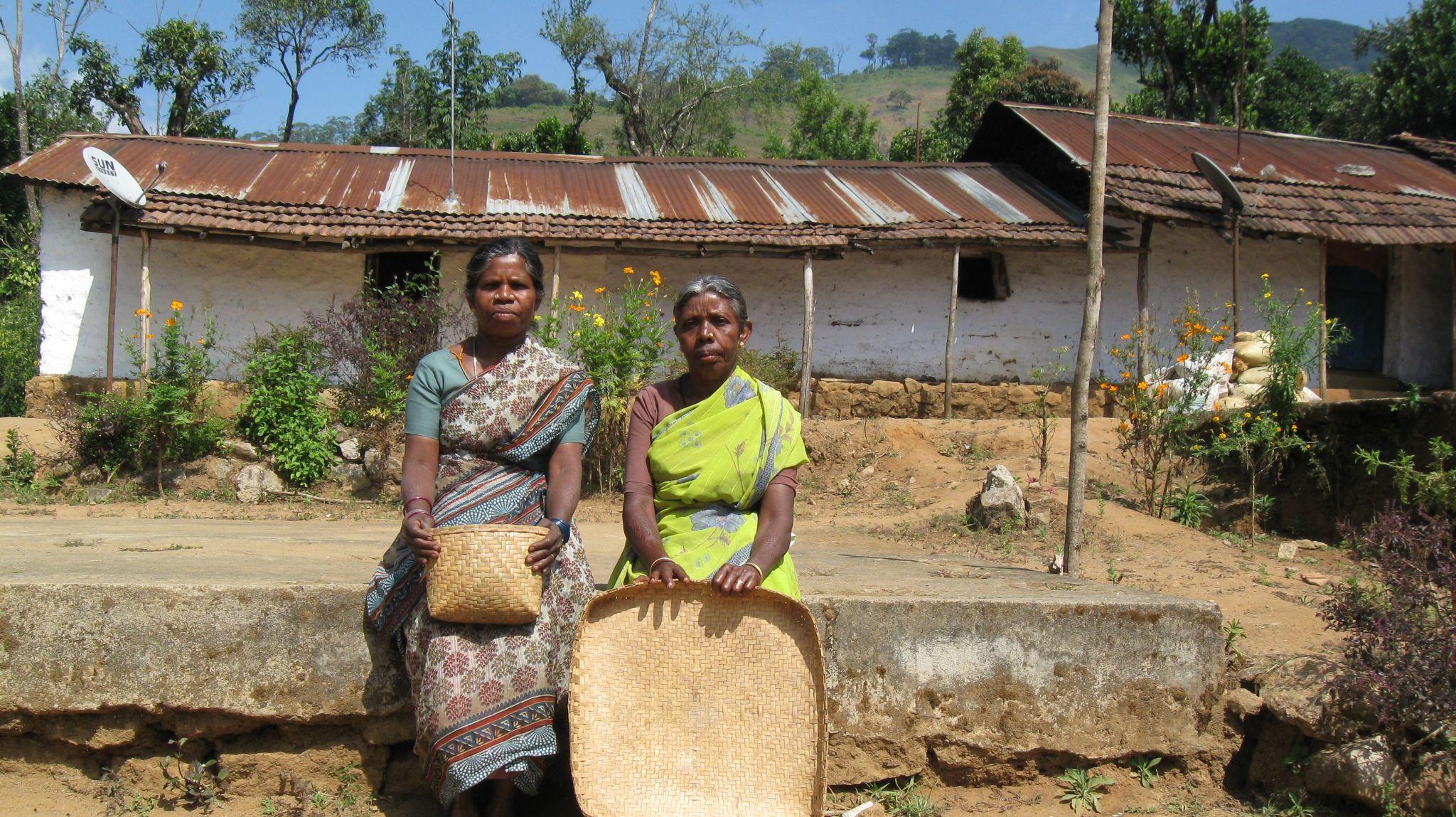Community and Individual Forest Rights in Anamalai Tiger Reserve (ATR)

- 08 Dec 2024
In News:
- The Coimbatore District Collector, granted community and individual forest rights under the Forest Rights Act, 2006, to tribal settlements in the Anamalai Tiger Reserve (ATR) on December 6, 2024.These rights were handed over to three tribal settlements and 14 families at a function in Coimbatore.
Key Highlights:
- Community Forest Rights:
- Three tribal settlements in ATR—Nagaroothu I, Nagaroothu II, and Chinnarpathi—were granted community rights.
- These rights allow the settlements to collect forest produce excluding timber, such as mango, amla, honey, tamarind, and grass for making brooms.
- Individual Forest Rights:
- Individual rights were granted to 14 families from the Old Sarkarpathy tribal settlement.
- The families had requested these rights for traditional cultivation practices passed down by their ancestors.
- The individual rights were approved after the recommendation of a sub-divisional committee and scrutiny by a district-level committee.
- About the Forest Rights Act (FRA), 2006:
- Purpose: The FRA was enacted to address historical injustices faced by forest-dwelling communities and ensure their livelihood and food security.
- Key Provisions:
- Individual Rights: Self-cultivation, habitation, and in-situ rehabilitation.
- Community Rights: Access to grazing, fishing, water bodies in forests, and protection of traditional knowledge and customary rights.
- Eligibility: Rights can be claimed by any community or individual who has lived in the forest for at least three generations (75 years) before December 13, 2005.
- Critical Wildlife Habitats: The Act mandates that critical wildlife habitats in national parks and sanctuaries remain inviolate for wildlife conservation.
- Authorities Involved in Vesting Forest Rights:
- Gram Sabha: Initiates the process for determining the nature and extent of rights.
- Sub-Divisional Level Committee: Examines resolutions passed by the Gram Sabha.
- District Level Committee: Grants final approval for forest rights.
- Challenges with Forest Rights Implementation:
- The Xaxa Committee pointed out several challenges in the implementation of the FRA, such as:
- Arbitrary rejection of claims.
- Lack of deadlines for claims processing.
- Unaddressed rights of communities displaced by development projects.
- The Xaxa Committee pointed out several challenges in the implementation of the FRA, such as:
- About Anamalai Tiger Reserve:
- Located in the Anamalai Hills of Pollachi and Coimbatore District, Tamil Nadu, at an altitude of 1,400 meters.
- Established as a tiger reserve in 2007, it is surrounded by multiple protected areas like the Parambikulam Tiger Reserve, Chinnar Wildlife Sanctuary, and Eravikulam National Park.
- Biodiversity in Anamalai Tiger Reserve:
- Habitats: The reserve contains wet evergreen forests, semi-evergreen forests, moist deciduous forests, dry deciduous forests, and unique habitats like montane grasslands and marshy grasslands.
- Flora: The reserve is home to around 2,500 species of angiosperms, including species like balsam, orchids, and wild relatives of cultivated crops such as mango, jackfruit, cardamom, and pepper.
- Fauna: It supports various wildlife species, including tigers, Asiatic elephants, sambars, spotted deer, leopards, jackals, and jungle cats.
Kadar Tribe

- 16 May 2024
Why is it in the News?
The recent death of a Kadar tribesman in Tamil Nadu’s Anamalai Tiger Reserve in an elephant attack has left the indigenous community and conservationists in shock as Kadars are known to co-exist with wild elephants for ages.
About Kadar Tribes:
- The Kadar tribes are a small indigenous tribal community residing in South India, primarily along the hilly border between Cochin in Kerala and Coimbatore in Tamil Nadu.
- Traditionally, they are forest dwellers who rely on forest resources for their livelihood, opting not to practice agriculture.
- Their shelters are typically thatched with leaves, and they frequently shift locations based on their employment needs.
- Rather than subsisting solely on gathered food, they prefer rice obtained through trade or wages.
- With a long history of specialization, the Kadars are known for collecting various forest products like honey, wax, sago, cardamom, ginger, and umbrella sticks, which they trade with merchants from the plains.
- They maintain a symbiotic relationship with nature, emphasizing the coexistence of Kadar and Kaadu (forest), and have established traditional protocols for the sustainable use of forest resources.
- Every resource collection practice, such as honey extraction, firewood gathering, resin tapping, or herb picking, is conducted with regeneration time in mind.
- The population of the Kadars was estimated to be around 2,000 individuals in the early 21st century, and they primarily speak Dravidian languages like Tamil and Kannada.
- Their religious beliefs include worshipping jungle spirits, a kindly creator couple, and local forms of Hindu deities.
- While recognized as a Particularly Vulnerable Tribal Group (PVTG) in Kerala, they do not hold the same status in Tamil Nadu.
About Anamalai Tiger Reserve:
- Anamalai Tiger Reserve is a protected area located in the Anamalai Hills of Pollachi and Coimbatore District of Tamil Nadu, India.
- Annamalai Tiger Reserve was originally called Anamalai Wild Life Sanctuary notified in the year 1974 and established in the year 1976.
- Later, it was renamed as Indira Gandhi Wildlife Sanctuary & National Park in honour of former Prime Minister Indira Gandhi's visit in 1961.
- According to the National Tiger Conservation Authority, the sanctuary was declared as Anamalai Tiger Reserve in 2007.
- The sanctuary presently includes a core area of 958.59 sq. km and a buffer area of 521.28 sq. km forming a total area of 1479.87 sq. km.
- It is located at an altitude of 1400 m in the Anamalai Hills of the Western Ghats.
